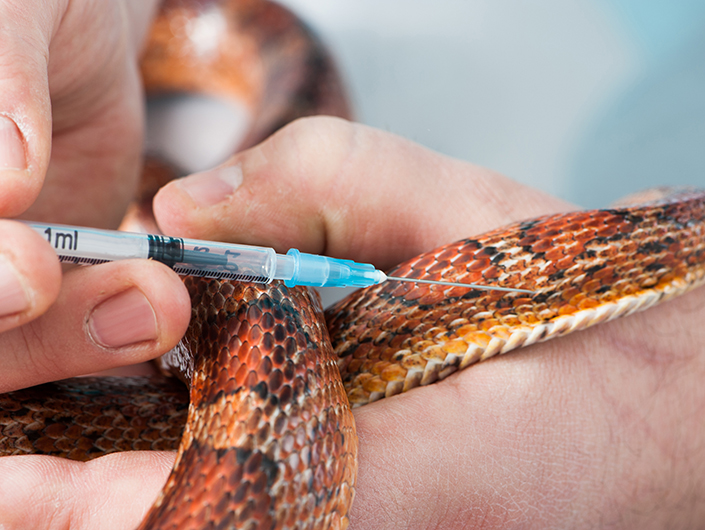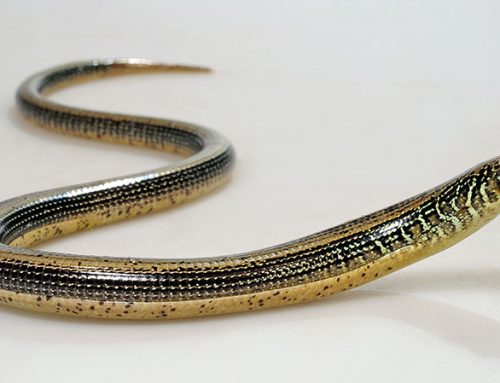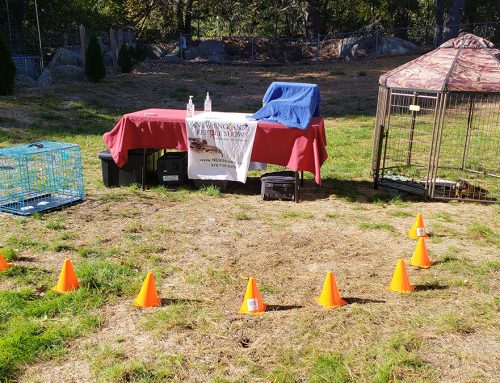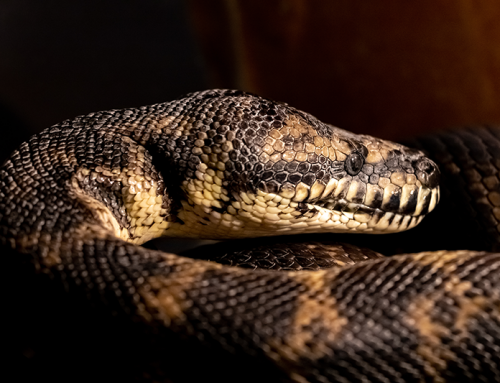What Every Pet Snake Owner Should Know
You got your pet snake. Congratulations! Hopefully you did all your homework and have created a welcoming, suitable environment for your pet. It’s especially important that you keep your snake’s habitat at the optimum temperature for the breed you have. You’ll soon see why this is necessary. . .
One of the most important things you can do as a snake owner is pay attention. Often when a snake is showing signs of distress, by the time they’re seen by a veterinarian, it’s too late. So if you notice any behaviors that seem strange, pay close attention. The sooner your snake is treated for a problem, the better its chances of survival.
Not All Upper Respiratory Infections are Equal
This is especially true of upper respiratory infections. Respiratory issues are a common threat that affect many snakes and sadly, depending on the type of infection, could take your snake’s life.
First, the good news. Not all upper respiratory infections are deadly, but they still must be monitored closely. They can affect the nostrils, wind pipe (trachea), lungs and air sacs within the lungs. If you notice any discharge from your snake’s nose, this may indicate an upper respiratory problem that can be treated easily with antibiotics. However, the nasal discharge could be a symptom of pneumonia in the lower respiratory tract. There is a high mortality rate for snakes with pneumonia.
Snake Anatomy 101
The reason is a snake’s anatomy. Snakes have no diaphragm, so they’re unable to cough. That’s why liquid or mucus in the lungs will make it especially difficult for a snake to breathe. When the disease has advanced, a snake may prop itself up in the cage, head and neck up with an open mouth in order to breathe.
Causes of Respiratory Infections
Usually these types of infections are caused by bacteria and viruses. If you don’t keep your snake’s cage at the correct temperature, this can stress out your snake. Stress causes the immune system to be compromised, which lowers your pet’s ability to fight off bacteria that would otherwise not be a problem. Sometimes, however, the infection is caused by fungus or parasites.
In addition to temperature, you want to keep the cage at the right humidity level, because this too can be a factor. Though it should go without saying, keep the cage very clean. Dirty environments can easily lead to bacteria and parasites. Also monitor your snake’s eating habits. A poor diet can cause all kinds of illnesses.
What to Watch For
If you see any of these signs in your snake, seek treatment at a veterinarian as quickly as possible:
- Difficulty breathing
- Wheezing when the snake breathes
- A snake holding its mouth open all the time
- Discharge from the nose or mouth
- Loss of appetite
- Weight loss
- Lethargy
What the Vet Will Do
Depending on the seriousness of the illness, a veterinarian will conduct a physical exam, checking clinical signs, and also get a history of the snake’s overall health. Different treatments may be required, depending on which type of bacteria have caused the illness. Blood work, x-rays, taking samples of bacteria from the snake’s respiratory tract—all may be required. Last but not least, an examination of the snake’s feces may also be required.
As a snake owner, the best thing you can do is be aware of any change in your pet’s appetite, habits, etc., because these may signal the beginning of an illness. If you catch it early enough, you could save your snake’s life.
If you want to learn more about snakes and other fascinating creatures in the reptile world, you’ll be able to see some popular species up close at New England Reptile Shows. We showcase ball pythons, garter snakes, corn snakes, boas and other exciting species. Learn more about each breed of snake—for fun or to choose your next pet! Click here to book a show








